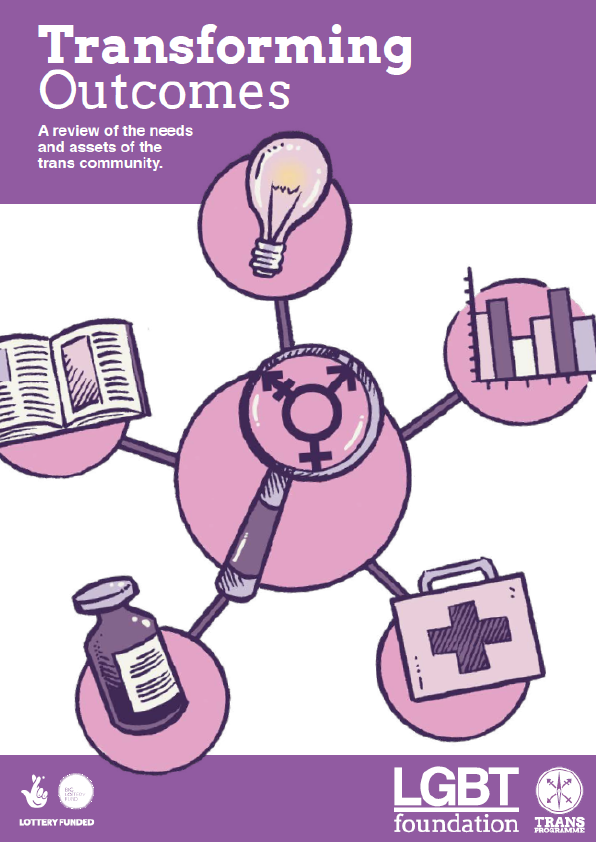Laboratory Rooms
Your lab may be conducted in different rooms (Koki‘o 203 and 205) during the semester. Check your schedule. Koki‘o 205 is a wet lab so has different rules and safety requirements, such as shoes that completely cover the feet. There are no exceptions to the safety rules, so you will be turned away from class if you show up in sandals to room 205.
- Shoes that completely cover the feet are required in the wet laboratory (Koki‘o 205).
- Eating and drinking are not allowed in the lab. Report to instructor any equipment malfunctions or breakages.
- Never cut with a scalpel toward your body or hand or a classmate’s hand who may be holding the specimen.
- Ask instructor if you do not understand the proper use of lab instruments.
- Disinfect your lab table after every dissection and experiment.
- The use of the laboratory is restricted to assigned lab exercises only.
- Know the location of the first aid kit and eye wash station.
- Report to instructor any cuts, pokes, splashes, or chemical reactions.
Blood Typing
Blood type refers to the presence or absence of specific molecules, called antigens, on the red blood cell (RBC) RBC surface. Antigens are molecules, such as proteins, lipids, carbohydrates or nucleic acids, that your body can use to differentiate self and non-self. People with different blood types have different antigens on their RBCs.
Antibodies are produced in response to some antigens (non-self), and are generally used by the immune system to recognize and facilitate removal of objects (viruses, bacteria, tumorous cells, etc.) that do not belong in the body.
There are more than 50 blood types in the human population. The most clinically significant are the ABO and Rh(+/-) blood groups.
Type O blood: neither A nor B antigens on cell; both anti-A and anti-B antibodies in plasma
If a different type of blood is put into your bloodstream, the blood will agglutinate (clump) and hemolysis (bursting) occurs within the foreign blood cells. Agglutination due to antibodies and antigens is a different process than blood clotting, which involves fibrin and other cascades associated with hemostasis.
Rh Blood Group
Rh antigens are named after the rhesus macaque, a primate with many blood similarities to human. There are many Rh antigens in humans, but the D type of Rh antigen is the most clinically significant. Because of this, in blood typing, sometimes D and Rh are used interchangeably. The Rh factor is grouped with ABO blood group to identify a blood type (example A+, B-, O-).
Type Rh+ (positive) blood: Rh antigens on cell
Type Rh- (negative) blood: no Rh antigens on cell
Unlike ABO blood type, no anti-Rh antibodies are present in Rh- individuals unless they have been exposed to Rh antigens. If Rh+ blood is introduced into an Rh- individual, anti-Rh antibodies will be produced against the Rh(+) blood.
Importance of Rh during Pregnancy
This is a critical consideration in pregnancy for Rh- mothers if the fetus is Rh+. If any of the Rh+ blood enters the mother’s circulation, the mother’s immune system will produce anti-Rh antibodies that will hemolyze her baby’s blood (and any future Rh+ fetuses). This is called hemolytic disease of the newborn or erythroblastosis fetalis. It is prevented with RhoGAM, a dosage of anti-Rh antibodies, given to the mother at 27 weeks and within 72 hours of giving birth in order to destroy any fetal blood cells in her blood so she will not produce her own anti-Rh antibodies. RhoGam antibody dosage is small enough not to hurt fetus, but strong enough to keep mom’s immune system from attacking fetus.











